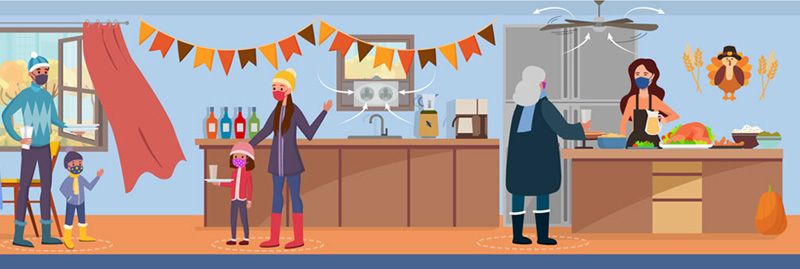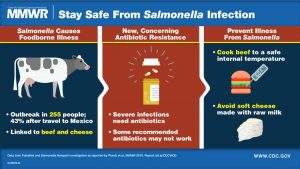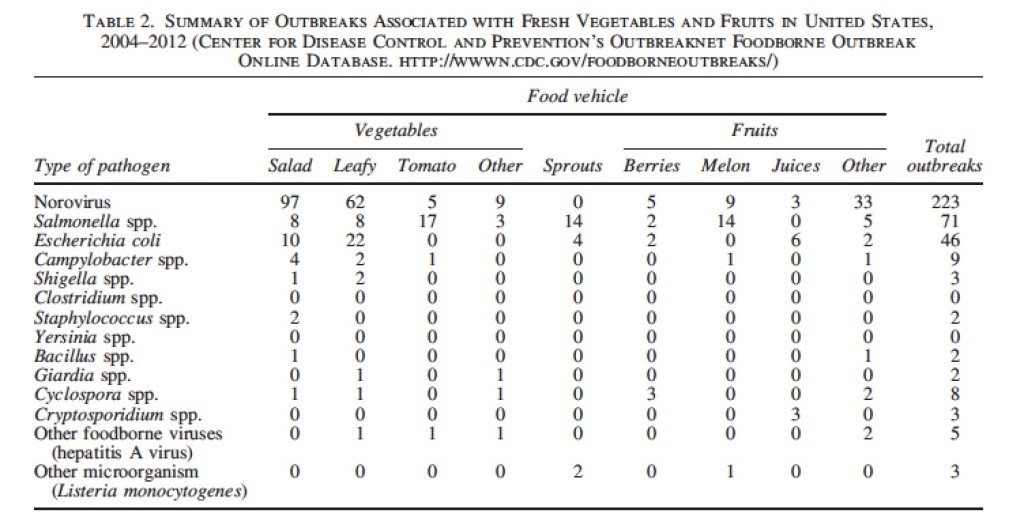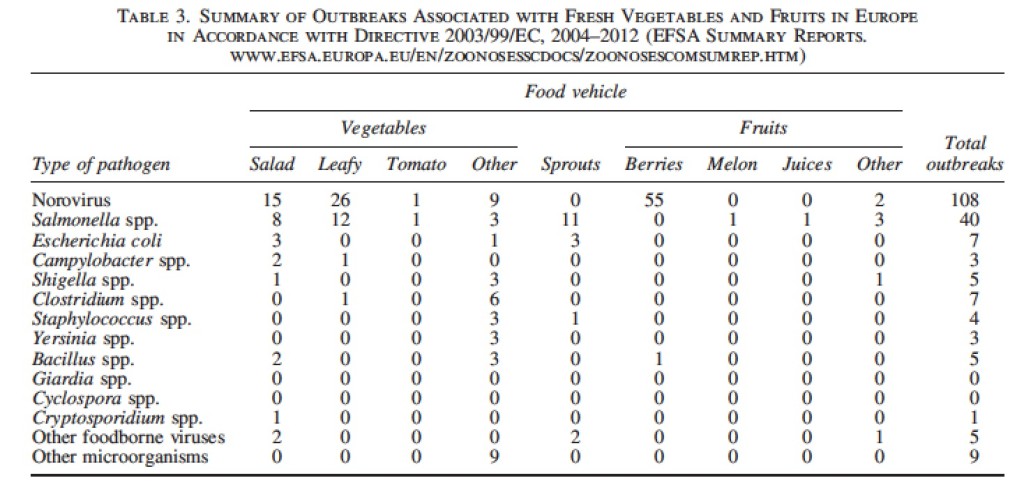Outbreaks of illness associated with recreational water use result from exposure to chemicals or infectious pathogens in recreational water venues that are treated (e.g., pools and hot tubs or spas) or untreated (e.g., lakes and oceans).
 For 2011–2012, the most recent years for which finalized data were available, public health officials from 32 states and Puerto Rico reported 90 recreational water–associated outbreaks to CDC’s Waterborne Disease and Outbreak Surveillance System (WBDOSS) via the National Outbreak Reporting System (NORS).
For 2011–2012, the most recent years for which finalized data were available, public health officials from 32 states and Puerto Rico reported 90 recreational water–associated outbreaks to CDC’s Waterborne Disease and Outbreak Surveillance System (WBDOSS) via the National Outbreak Reporting System (NORS).
The 90 outbreaks resulted in at least 1,788 cases, 95 hospitalizations, and one death. Among 69 (77%) outbreaks associated with treated recreational water, 36 (52%) were caused by Cryptosporidium. Among 21 (23%) outbreaks associated with untreated recreational water, seven (33%) were caused by Escherichia coli (E. coli O157:H7 or E. coli O111). Guidance, such as the Model Aquatic Health Code (MAHC), for preventing and controlling recreational water–associated outbreaks can be optimized when informed by national outbreak and laboratory (e.g., molecular typing of Cryptosporidium) data.
A recreational water–associated outbreak is the occurrence of similar illnesses in two or more persons, epidemiologically linked by location and time of exposure to recreational water or recreational water–associated chemicals volatilized into the air surrounding the water. Public health officials in the 50 states, the District of Columbia, U.S. territories, and Freely Associated States* voluntarily report outbreaks of recreational water–associated illness to CDC. In 2010, waterborne outbreaks became nationally notifiable. This report summarizes data on recreational water–associated outbreaks electronically reported by October 30, 2014 to CDC’s WBDOSS (http://www.cdc.gov/healthywater/surveillance/) for 2011 and 2012 via NORS.† Data requested for each outbreak include the number of cases,§ hospitalizations, and deaths; etiology; setting (e.g., hotel) and venue (e.g., hot tub or spa) where the exposure occurred; earliest illness onset date; and illness type. All outbreaks are classified according to the strength of data implicating recreational water as the outbreak vehicle (1). ¶Outbreak reports classified as Class I have the strongest supporting epidemiologic, clinical laboratory and environmental health data, and those classified as Class IV, the weakest. Classification does not assess adequacy or completeness of investigations.** Negative binomial regression (PROC GENMOD in SAS 9.3 [Cary, NC]) was used to assess trends in the number of outbreaks over time.
For the years 2011 and 2012, public health officials from 32 states and Puerto Rico reported 90 recreational water–associated outbreaks (http://www.cdc.gov/healthywater/surveillance/rec-water-tables-figures.html) (Figure 1), which resulted in at least 1,788 cases, 95 (5%) hospitalizations, and one death. Etiology was confirmed for 73 (81%) outbreaks: 69 (77%) outbreaks were caused by infectious pathogens, including two outbreaks with multiple etiologies, and four (4%) by chemicals (Table). Among the outbreaks caused by infectious pathogens, 37 (54%) were caused by Cryptosporidium. On the basis of data reported to CDC, 37 (41%) of the 90 outbreak reports were categorized as class IV.
Outbreaks associated with treated recreational water accounted for 69 (77%) of the 90 outbreaks reported for 2011–2012, and resulted in at least 1,309 cases, 73 hospitalizations, and one reported death. The median number of cases reported for these outbreaks was seven (range: 2–144 cases). Hotels (e.g., hotel, motel, lodge, or inn) were the setting of 13 (19%) of the treated recreational water–associated outbreaks. Twelve (92%) of these 13 outbreaks started outside of June–August; ten (77%) were at least in part associated with a spa. Among the 69 outbreaks, 36 (52%) were caused by Cryptosporidium. The 69 outbreaks had a seasonal distribution, with 42 (61%) starting in June–August (Figure 1). Acute gastrointestinal illness was the disease manifestation in 34 (81%) of these summer outbreaks, with Cryptosporidium causing 32 (94%) of them. Since 1988, the year that the first U.S. treated recreational water–associated outbreak of cryptosporidiosis was detected (2,3) (Figure 2), the number of these outbreaks reported annually (range: 0–40 outbreaks) has significantly increased (negative binomial regression; p<0.001). Incidence of these cryptosporidiosis outbreaks has also, at least in part, driven the significant increase (negative binomial regression; p<0.001) in the overall number of recreational water–associated outbreaks reported annually (range: 6–84).
 For 2011–2012, 21 (23%) outbreaks were associated with untreated recreational water. These outbreaks resulted in at least 479 cases and 22 hospitalizations. The median number of cases reported for these outbreaks was 16 (range: 2–125). Twenty (95%) of these outbreaks were associated with fresh water; 18 (86%) began in June–August; and seven (33%) were caused by E. coli O157:H7 or O111. One outbreak associated with exposure to cyanobacterial toxins was reported.
For 2011–2012, 21 (23%) outbreaks were associated with untreated recreational water. These outbreaks resulted in at least 479 cases and 22 hospitalizations. The median number of cases reported for these outbreaks was 16 (range: 2–125). Twenty (95%) of these outbreaks were associated with fresh water; 18 (86%) began in June–August; and seven (33%) were caused by E. coli O157:H7 or O111. One outbreak associated with exposure to cyanobacterial toxins was reported.
Discussion
Cryptosporidium continues to be the dominant etiology of recreational water–associated outbreaks. Half of all treated recreational water–associated outbreaks reported for 2011–2012 were caused by Cryptosporidium. Among treated recreational water–associated outbreaks of gastrointestinal illness that began in June–August, >90% were caused by Cryptosporidium, an extremely chlorine-tolerant parasite that can survive in water at CDC-recommended chlorine levels (1–3 mg/L) and pH (7.2–7.8) for >10 days (4). In contrast, among 14 untreated recreational water–associated outbreaks of gastrointestinal illness starting in June–August, 7% (one) were caused by Cryptosporidium. The decreased diversity of infectious etiologies causing treated recreational water–associated outbreaks is likely a consequence of the aquatic sector’s reliance on halogen disinfection (e.g., chlorine or bromine) and maintenance of proper pH, which are well documented to inactivate most infectious pathogens within minutes (5). Continued reporting of treated recreational water–associated outbreaks caused by chlorine-intolerant pathogens (e.g., E. coli O157:H7 and norovirus) highlights the need for continued vigilance in maintaining water quality (i.e., disinfectant level and pH), as has been recommended for decades (5).
In the United States, codes regulating public treated recreational water venues are independently written and enforced by individual state or local agencies; the consequent variation in the codes is a potential barrier to preventing and controlling outbreaks associated with these venues. In August 2014, CDC released the first edition of MAHC (http://www.cdc.gov/mahc), a comprehensive set of science-based and best-practice recommendations to reduce risk for illness and injury at public, treated recreational water venues. MAHC represents the culmination of a 7-year, multi-stakeholder effort and is an evolving resource that addresses emerging public health threats, such as treated recreational water-associated outbreaks of cryptosporidiosis, by incorporating the latest scientifically validated technologies that inactivate or remove infectious pathogens. For example, MAHC recommends additional water treatment (e.g., ultraviolet light or ozone) to inactivate Cryptosporidium oocysts at venues where WBDOSS data indicate there is increased risk for transmission. MAHC recommendations can be voluntarily adopted, in part or as a whole, by state and local jurisdictions.
The number of reported untreated recreational water–associated outbreaks confirmed or suspected to be caused by cyanobacterial toxins has decreased, from 11 (2009–2010) to one (2011–2012) (6). This decrease is likely the result of a decrease in outbreak reporting rather than a true decrease in incidence. CDC is currently developing a mechanism for reporting algal bloom–associated individual cases through NORS to better characterize their epidemiology.
The findings in this report are subject to at least two limitations. First, the outbreak counts presented are likely an underestimate of actual incidence. Many factors can present barriers to the detection, investigation, and reporting of outbreaks: 1) mild illness; 2) small outbreak size; 3) long incubation periods; 4) wide geographic dispersion of ill swimmers; 5) transient nature of contamination; 6) setting or venue of outbreak exposure (e.g., residential backyard pool); and 7) potential lack of communication between those who respond to outbreaks of chemical etiology (e.g., hazardous materials personnel) and those who usually report outbreaks (e.g., infectious disease epidemiologists). Second, because of variation in public health capacity and reporting requirements across jurisdictions, those reporting outbreaks most frequently might not be those in which outbreaks most frequently occur.
Increasingly, molecular typing tools are being employed to understand the epidemiology of waterborne disease and outbreaks. Most species and genotypes of Cryptosporidium are morphologically indistinguishable from one another, and only molecular methods can distinguish species and subtypes and thereby elucidate transmission pathways (7,8). Systematic national genotyping and subtyping of Cryptosporidium in clinical specimens and environmental samples through CryptoNet (http://www.cdc.gov/parasites/crypto/cryptonet.html) can identify circulating Cryptosporidium species and subtypes and help identify epidemiologic linkages between reported cases. Molecular typing could substantially help elucidate cryptosporidiosis epidemiology in the United States and inform development of future guidance to prevent recreational water–associated and other outbreaks of cryptosporidiosis (9,10).
Acknowledgments
State, territorial, local, and Freely Associated State waterborne disease coordinators, epidemiologists, and environmental health personnel; Lihua Xiao, Sarah A. Collier, Kathleen E. Fullerton, Division of Foodborne, Waterborne, and Environmental Diseases, National Center for Emerging and Zoonotic Infectious Diseases, CDC.
1Division of Foodborne, Waterborne, and Environmental Diseases, National Center for Emerging and Zoonotic Infectious Diseases, CDC; 2Environmental Protection Agency; 3Oak Ridge Institute for Science and Education, Oak Ridge, Tennessee.
Corresponding author: Michele C. Hlavsa, mhlavsa@cdc.gov, 404-71
Outbreaks of Illness Associated with Recreational Water — United States, 2011–2012
Centers for Disease Control and Prevention Morbidity and Mortality Weekly Report
Michele C. Hlavsa, MPH; Virginia A. Roberts, MSPH; Amy M. Kahler, MS; Elizabeth D. Hilborn, DVM; Taryn R. Mecher, MPH; Michael J. Beach, PhD; Timothy J. Wade, PhD; Jonathan S. Yoder, MPH
http://www.cdc.gov/mmwr/preview/mmwrhtml/mm6424a4.htm?s_cid=mm6424a4_e














